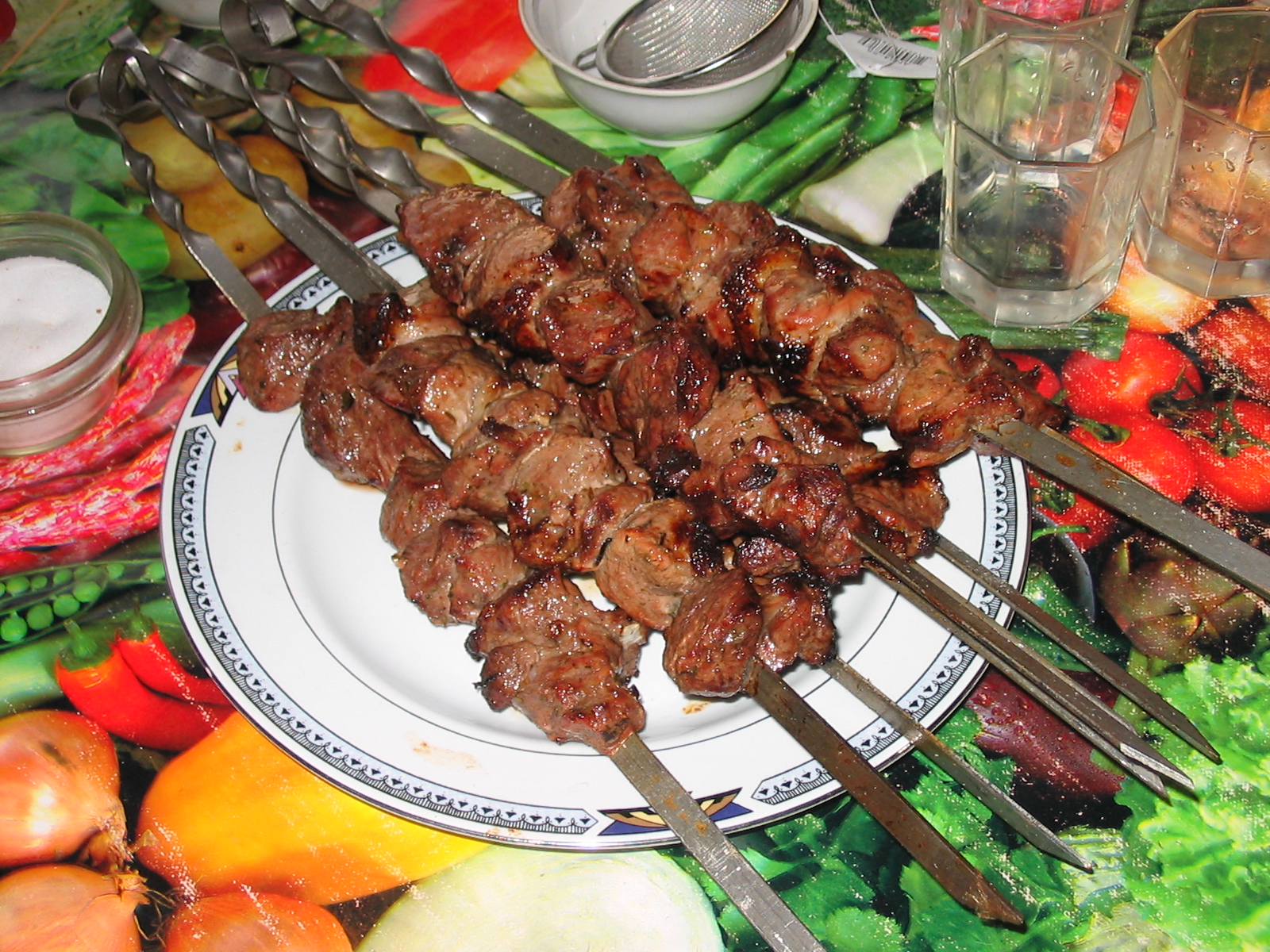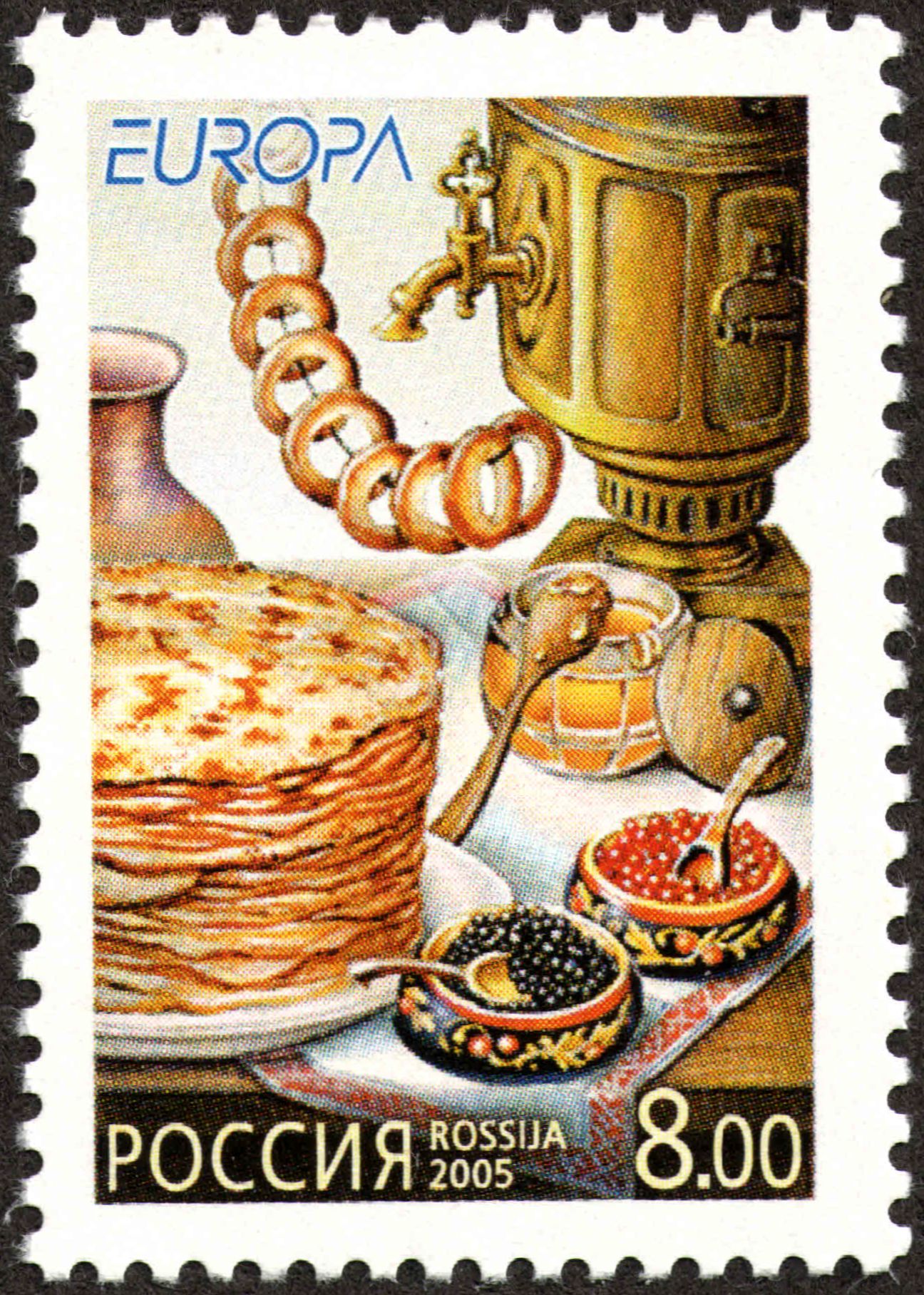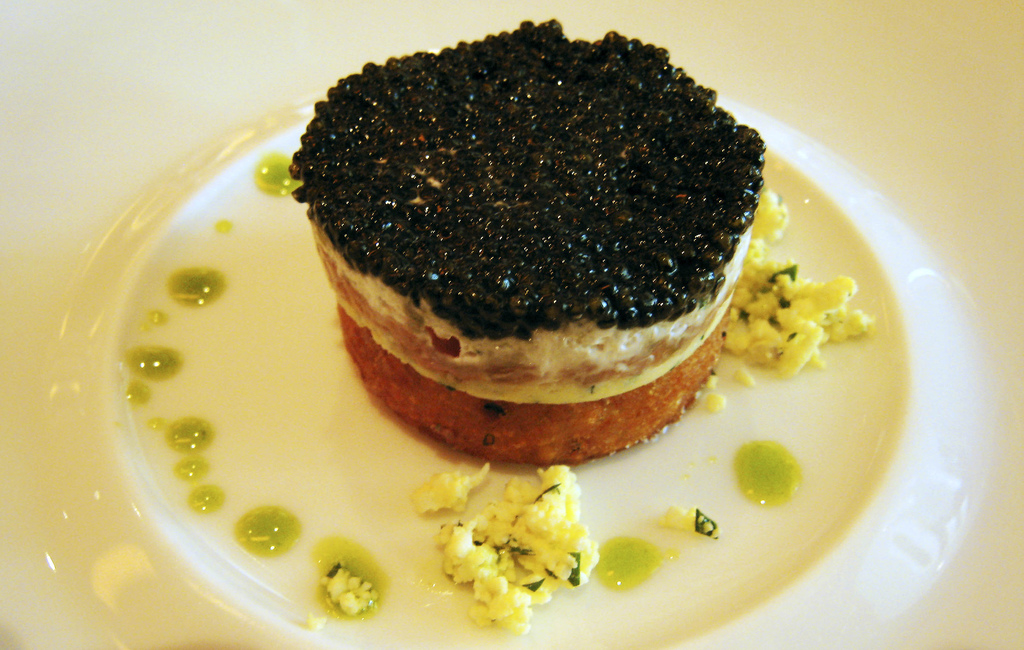|
Tushonka
Tushonka ( rus, тушёнка, p=tʊˈʂonkə, from тушение — 'braising') is a canned stewed meat especially popular in Russia and other countries of the former Eastern Bloc. It has become a common name for different kinds of canned stewed meat, not all of which correspond to the strict GOST standards. Tushonka can be used and preserved in extreme situations, and therefore is a part of military food supplies in the CIS. For the people of the Soviet Union, tushonka was a part of military and tourist food supplies; at some extreme periods of time it could only be bought with food stamps.Grover J. Sims -Meat and meat animals in World War II 1951 - Page 80 "The CCC also bought beef Tushonka for lend-lease shipment to Russia. Purchases, however, did not begin until 1944. Contracts let in that year totaled 34 million pounds; in 1945 purchases were slightly less. Beef Tushonka is prepared in the ..." See also * Hash *List of Russian dishes This is a list of notable dishes fou ... [...More Info...] [...Related Items...] OR: [Wikipedia] [Google] [Baidu] |
GOST
GOST (russian: ГОСТ) refers to a set of international technical standards maintained by the ''Euro-Asian Council for Standardization, Metrology and Certification (EASC)'', a regional standards organization operating under the auspices of the Commonwealth of Independent States (CIS). All sorts of regulated standards are included, with examples ranging from charting rules for design documentation to recipes and nutritional facts of Soviet-era brand names. The latter have become generic, but may only be sold under the label if the technical standard is followed, or renamed if they are reformulated. The notion of GOST has certain significance and recognition in the countries of the standards' jurisdiction. The Russian government Federal Agency on Technical Regulating and Metrology (Rosstandart) has ''gost.ru'' as its website address. History GOST standards were originally developed by the government of the Soviet Union as part of its national standardization strategy. The w ... [...More Info...] [...Related Items...] OR: [Wikipedia] [Google] [Baidu] |
Braising
Braising (from the French word ''braiser'') is a combination-cooking method that uses both wet and dry heats: typically, the food is first browned at a high temperature, then simmered in a covered pot in cooking liquid (such as wine, broth, coconut milk or beer). It is similar to stewing, but braising is done with less liquid and usually used for larger cuts of meat. Braising of meat is often referred to as pot roasting, though some authors make a distinction between the two methods, based on whether additional liquid is added. Osso buco and coq au vin are well known braised meat dishes, and the technique can also be used to prepare fish, tempeh, tofu or fruits and vegetables. Method Braising relies on heat, time, and moisture to break down the tough connective tissue (collagen) that binds together the muscle fibers in meat, making it an ideal way to cook tougher, more affordable cuts. Many classic braised dishes (e.g., coq au vin) are highly evolved methods of cooking tough and ... [...More Info...] [...Related Items...] OR: [Wikipedia] [Google] [Baidu] |
Tourism
Tourism is travel for pleasure or business; also the theory and practice of touring (other), touring, the business of attracting, accommodating, and entertaining tourists, and the business of operating tour (other), tours. The World Tourism Organization defines tourism more generally, in terms which go "beyond the common perception of tourism as being limited to holiday activity only", as people "travelling to and staying in places outside their usual environment for not more than one consecutive year for leisure and not less than 24 hours, business and other purposes". Tourism can be Domestic tourism, domestic (within the traveller's own country) or International tourism, international, and international tourism has both incoming and outgoing implications on a country's balance of payments. Tourism numbers declined as a result of a strong economic slowdown (the late-2000s recession) between the second half of 2008 and the end of 2009, and in consequence of t ... [...More Info...] [...Related Items...] OR: [Wikipedia] [Google] [Baidu] |
Canned Meat
Potted meat is a form of traditional food preservation in which hot cooked meat is placed in a pot, tightly packed to exclude air, and then covered with hot fat. As the fat cools, it hardens and forms an airtight seal, preventing some spoilage by airborne bacteria. Before the days of refrigeration, potted meat was developed as a way to preserve meat when a freshly-slaughtered animal could not be fully eaten immediately. Spores of ''Clostridium botulinum'' can survive cooking at 100 °C (212 °F), and, in the anaerobic neutral pH storage environment, result in botulism. Often when making potted meat, the meat of only one animal was used, although other recipes, such as the Flemish ''potjevleesch'', used three or four different meats (animals). See also * Bully beef *Confit *Home canning *Pâté *Potted meat food product *Potted shrimps Potted shrimps are a traditional British dish made with brown shrimp flavored with nutmeg. The dish consists of brown shrimp in nut ... [...More Info...] [...Related Items...] OR: [Wikipedia] [Google] [Baidu] |
Soviet Cuisine
Soviet cuisine, the common cuisine of the Soviet Union, was formed by the integration of the various national cuisines of the Soviet Union, in the course of the formation of the Soviet people. It is characterized by a limited number of ingredients and simplified cooking. This type of cuisine was prevalent in canteens everywhere in the Soviet Union. It became an integral part of household cuisine and was used in parallel with national dishes, particularly in large cities. Generally, Soviet cuisine was shaped by Soviet eating habits and a very limited availability of ingredients in most parts of the USSR. Most dishes were simplifications of French, Russian, Austro- Hungarian cuisines, and cuisines from other Eastern Bloc nations. Caucasian cuisines, particularly Georgian cuisine, contributed as well. Canteens run by the government were called stolovaya. [...More Info...] [...Related Items...] OR: [Wikipedia] [Google] [Baidu] |
Russian Cuisine
Russian cuisine is a collection of the different dishes and cooking traditions of the Russian people as well as a list of culinary products popular in Russia, with most names being known since pre-Soviet times, coming from all kinds of social circles. History The history of Russian cuisine was divided in four groups: Old Russian cuisine (ninth to sixteenth century), Old Moscow cuisine (seventeenth century), the cuisine that existed during the ruling of Peter and Catherine the Great (eighteenth century), and finally Petersburg cuisine, which took place from the end of the eighteenth century to the 1860s. In the Old Russian period, the main food groups were bread, lots of grains, and lots of foods that contained starch. Women baked pies with lots of different fillings, such as mushrooms or berries. During gatherings, a loaf of bread and salt was always present. Kasha, such as buckwheat, oats, etc.were represented as wellbeing to the household. Lots of Russians used honey and ... [...More Info...] [...Related Items...] OR: [Wikipedia] [Google] [Baidu] |
Meat Dishes
Meat is animal flesh that is eaten as food. Humans have hunted, farmed, and scavenged animals for meat since prehistoric times. The establishment of settlements in the Neolithic Revolution allowed the domestication of animals such as chickens, sheep, rabbits, pigs, and cattle. This eventually led to their use in meat production on an industrial scale in slaughterhouses. Meat is mainly composed of water, protein, and fat. It is edible raw but is normally eaten after it has been cooked and seasoned or processed in a variety of ways. Unprocessed meat will spoil or rot within hours or days as a result of infection with, and decomposition by, bacteria and fungi. Meat is important to the food industry, economies, and cultures around the world. There are nonetheless people who choose to not eat meat (vegetarians) or any animal products (vegans), for reasons such as taste preferences, ethics, environmental concerns, health concerns or religious dietary rules. Terminology The w ... [...More Info...] [...Related Items...] OR: [Wikipedia] [Google] [Baidu] |
List Of Russian Dishes
This is a list of notable dishes found in Russian cuisine. Russian cuisine is a collection of the different cooking traditions of the Russian Empire. The cuisine is diverse, with Northeast European/Baltic, Caucasian, Central Asian, Siberian, East Asian and Middle Eastern influences. Russian cuisine derives its varied character from the vast and multi-ethnic expanse of Russia. Russian dishes Zakuski Soups Salads Meat dishes Pancakes Bread Pirogi (pies) Sauces Desserts Beverages Non-alcoholic drinks Alcoholic drinks See also * Khrushchev dough * Mikoyan cutlet * List of Russian desserts * List of Russian restaurants * Russian candy Russian candy ( fi, kinuski; russian: ки́нуски ''kinuski'') is a very sweet toffee-like dessert made by carefully heating equal amounts of milk or cream and sugar. It is a traditional dessert sauce in Nordic countries. Karl Fazer broug ... References Bibliography * {{DEFAULTSORT:Russian Dishes Lists of ... [...More Info...] [...Related Items...] OR: [Wikipedia] [Google] [Baidu] |
Hash (food)
Hash is a culinary dish consisting of chopped meat, potatoes, and fried onions. The name is derived from , meaning "to chop". It originated as a way to use up leftovers. In the U.S. by the 1860s, a cheap restaurant was called a "hash house" or "hashery." Canned corned beef hash became especially popular in countries such as Britain, France, and the United States, during and after the Second World War as rationing limited the availability of fresh meat. Hash may be served for breakfast, lunch, or supper. When served for breakfast in the United States hash may come with eggs, toast, hollandaise sauce, or baked beans. High-end restaurants offer sophisticated hash dishes on their menus. Modern preparations can be made with unconventional ingredients such as lamb, fish, venison, turkey, chicken, shrimp, or steak. United States "Hash" of many forms was part of the American diet since at least the 18th century, as is attested by the availability of numerous recipes and the e ... [...More Info...] [...Related Items...] OR: [Wikipedia] [Google] [Baidu] |
Commonwealth Of Independent States
The Commonwealth of Independent States (CIS) is a regional intergovernmental organization in Eurasia. It was formed following the dissolution of the Soviet Union in 1991. It covers an area of and has an estimated population of 239,796,010. The CIS encourages cooperation in economic, political and military affairs and has certain powers relating to the coordination of trade, finance, lawmaking, and security. It has also promoted cooperation on cross-border crime prevention. As the Soviet Union disintegrated, Belarus, Russia and Ukraine signed the Belovezh Accords on 8 December 1991, declaring that the Union had effectively ceased to exist and proclaimed the CIS in its place. On 21 December, the Alma-Ata Protocol was signed. The Baltic states (Estonia, Latvia and Lithuania), which regard their membership in the Soviet Union as an illegal occupation, chose not to participate. Georgia withdrew its membership in 2008 following the Russo-Georgian War. Ukraine formally ended its ... [...More Info...] [...Related Items...] OR: [Wikipedia] [Google] [Baidu] |
Soviet Armed Forces
The Soviet Armed Forces, the Armed Forces of the Soviet Union and as the Red Army (, Вооружённые Силы Советского Союза), were the armed forces of the Russian SFSR (1917–1922), the Soviet Union (1922–1991), and the Bolshevik Party from their beginnings in the Russian Civil War of 1917–1923 to the collapse of the USSR in 1991. In May 1992, Russian President Boris Yeltsin issued decrees forming the Russian Armed Forces, which subsumed much of the Soviet Armed Forces. Much of the former Soviet Armed Forces in the other 14 Soviet republics gradually came under those republics' control. According to the all-union military service law of September 1925, the Soviet Armed Forces consisted of the Ground Forces, the Air Forces, the Navy, the State Political Directorate (OGPU), and the convoy guards. The OGPU was later made independent and amalgamated with the NKVD in 1934, and thus its Internal Troops were under the joint management of the Defence and In ... [...More Info...] [...Related Items...] OR: [Wikipedia] [Google] [Baidu] |
Stew
A stew is a combination of solid food ingredients that have been cooked in liquid and served in the resultant gravy. A stew needs to have raw ingredients added to the gravy. Ingredients in a stew can include any combination of vegetables and may include meat, especially tougher meats suitable for slow-cooking, such as beef, pork, lamb, poultry, sausages, and seafood. While water can be used as the stew-cooking liquid, stock is also common. A small amount of red wine is sometimes added for flavour. Seasoning and flavourings may also be added. Stews are typically cooked at a relatively low temperature (simmered, not boiled), allowing flavours to mingle. Stewing is suitable for the least tender cuts of meat that become tender and juicy with the slow moist heat method. This makes it popular in low-cost cooking. Cuts having a certain amount of marbling and gelatinous connective tissue give moist, juicy stews, while lean meat may easily become dry. Stews are thickened by reduction ... [...More Info...] [...Related Items...] OR: [Wikipedia] [Google] [Baidu] |






.jpg)
